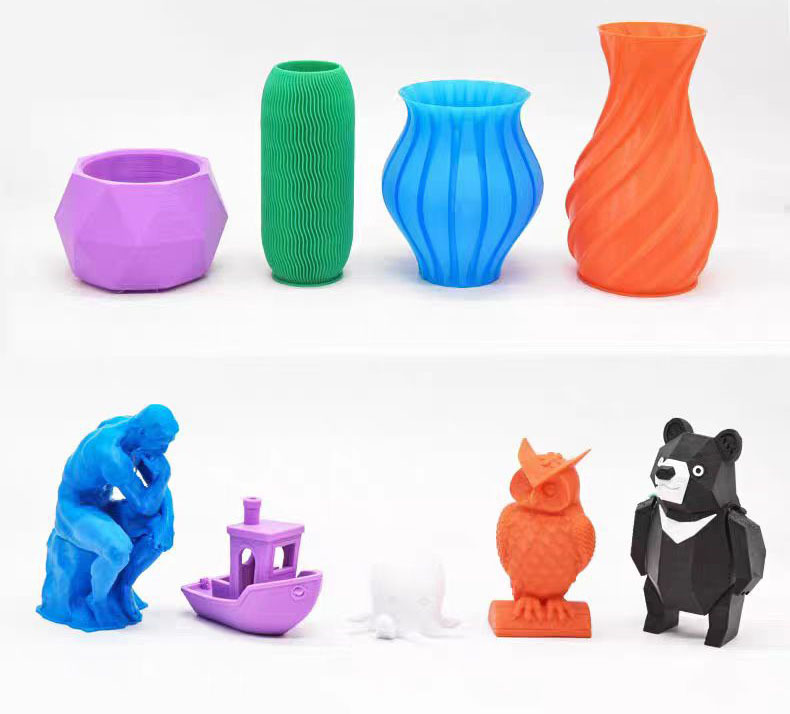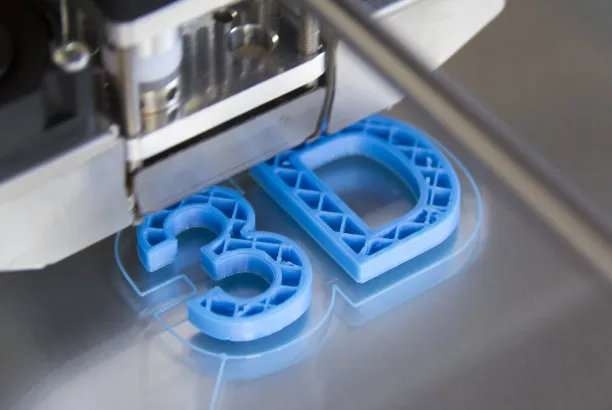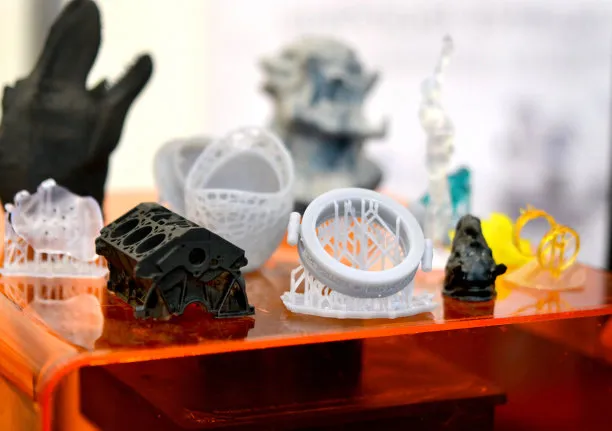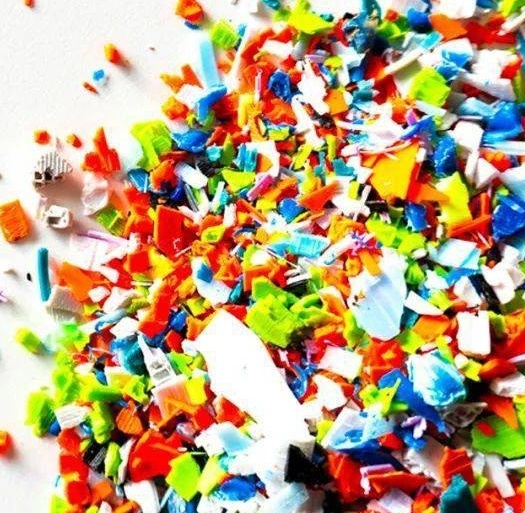How much value does the C1 extruder create for me
Release time:2025-02-24
3D printing waste recycling
Yes, in our opinion, many amateur 3D printing enthusiasts may only use a few kilograms of consumables per month, which is not cost-effective for them. So we have decided to make the production of consumables and DIY diversity consumables its main task, with waste recycling as its auxiliary function. This is a very interesting thing for us, at least we have completely solved the problem of waste recycling, although it has cost a lot. We would prefer C1 to be your most frequently used device besides 3D printers, rather than spending a long time accumulating waste before using it
TAG:
Related Blog








